Debris from the Japanese tsunami in 2011 is headed straight for the United States, new data shows.
About 30 percent of the estimated 5 million tons of debris washed out by the tsunami is floating toward the west coast of the United States, according to updated forecasting by the National Oceanic and Atmospheric Administration.
The most concentrated part of the junk field is broader than Texas and centered about 1,700 miles off the Pacific coast, between California and Hawaii.
The debris is scattered across an area in the ocean that is about triple the size of the United States.
Further, some pieces of debris may have arrived at the U.S. as early as 2011, the administration says.
Out of more than 1,600 reports of debris possibly from the tsunami, 27 items have been definitely confirmed as tsunami debris, a NOAA spokeswoman told the Daily mail. That includes a small boat found in Hawaii waters, large docks that washed ashore in Washington and Oregon, and a motorcycle that washed ashore in British Columbia, Canada.
The gigantic mass floating in the ocean now includes floating docks that have Japanese organisms growing on them, John Chapman of the Marine Science Center at Oregon State University told Fox.
“We’ve found over 165 non-native species so far,” he added. “One type of insect, and almost all the others are marine organisms.”
Among the species found is the European blue mussel, which was introduced to Asia long ago.
“We’d never seen it here, and we don’t particularly want it here,” he said, arguing that it could be “invasive” and displace current marine life.
Additionally, creatures have been found among the debris, such as a type of brown algae used to make miso soup.
“We thought, ’the Pacific can’t be crossed by living organisms from Japan,'” he said, “and we were wrong, very wrong.”
There’s no completely accurate estimates as to when more debris--especially the concentrated part of the debris field--will hit the U.S., but a Russian training ship, the STS Pallada, following a map of the computer models, hit an extended field of debris in mid-Pacific, close to Midway Island, a U.S. territory about 1,700 miles from Hawaii, reported ABC.
The ship hit the debris with the nearly 1,000-mile long mass of tsunami debris in September, 300 miles ahead of schedule.
It was nearly 2,000 miles from the site of the tsunami in Japan.
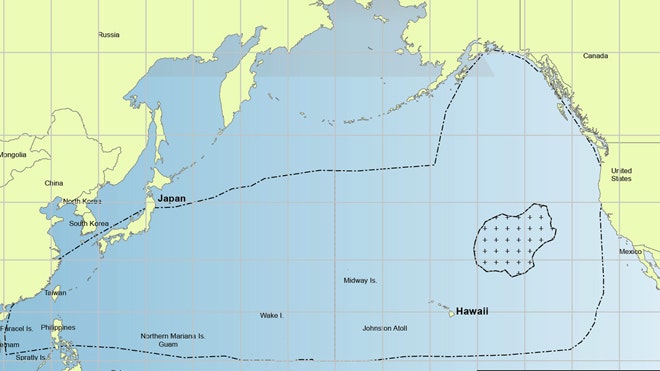
The debris field as calculated by NOAA.
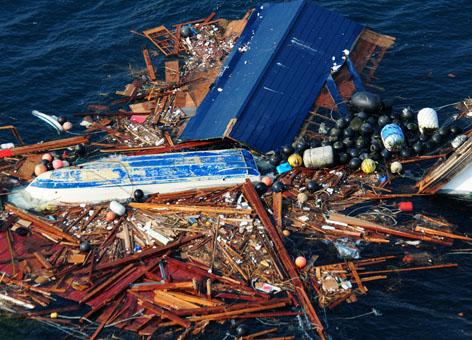


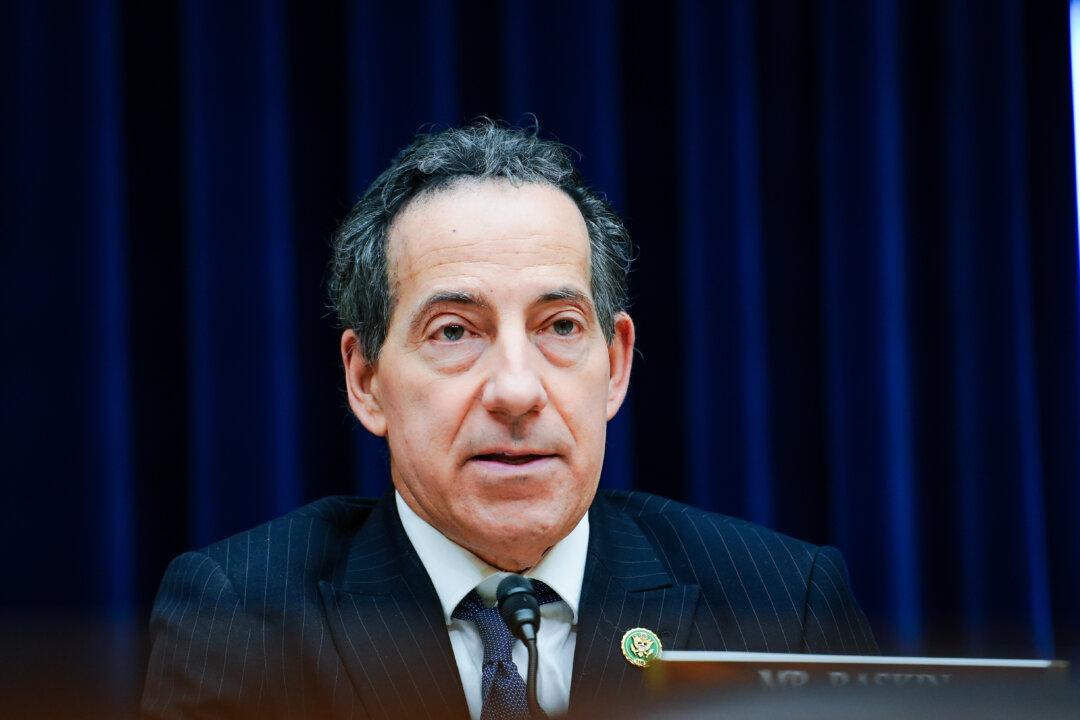
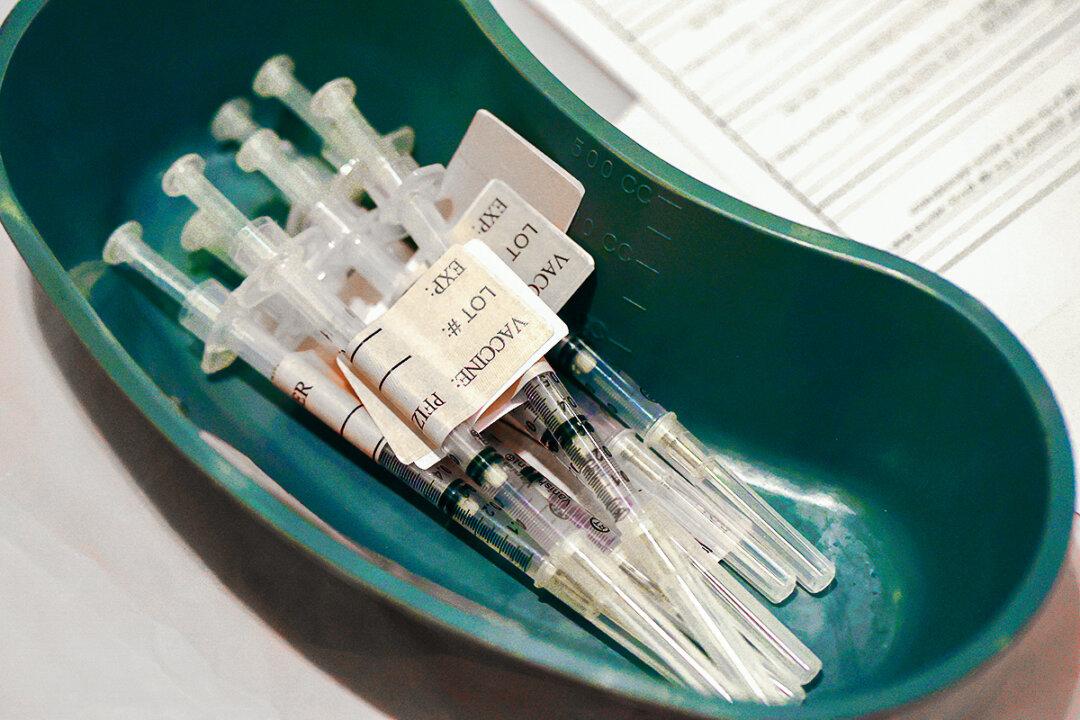
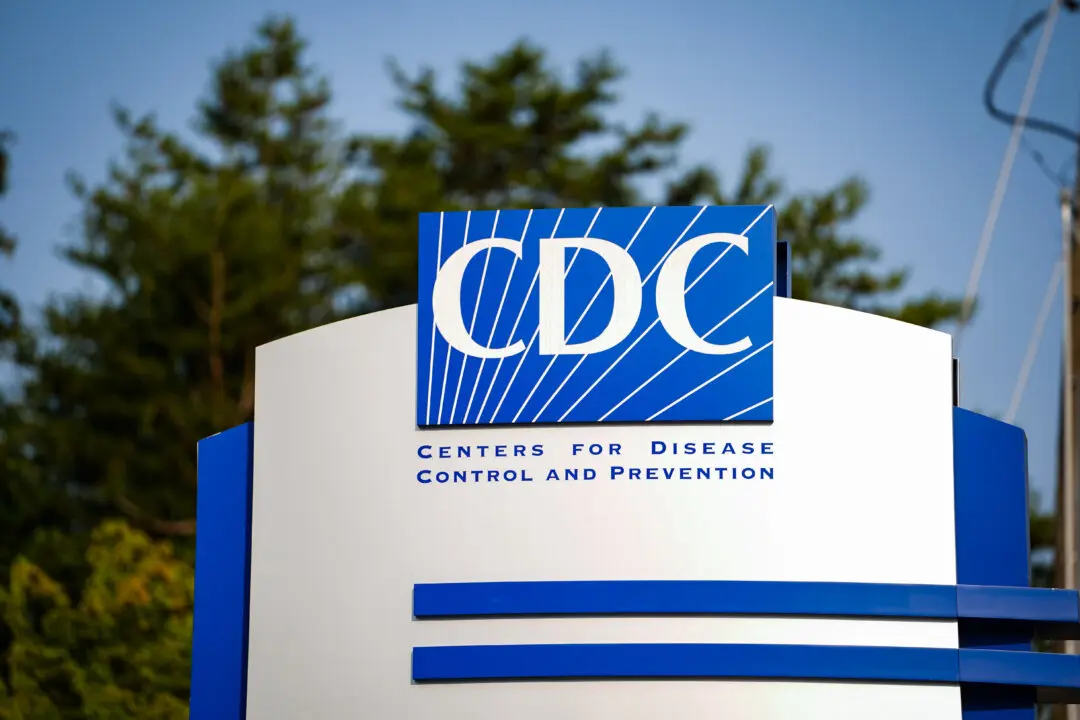
Friends Read Free